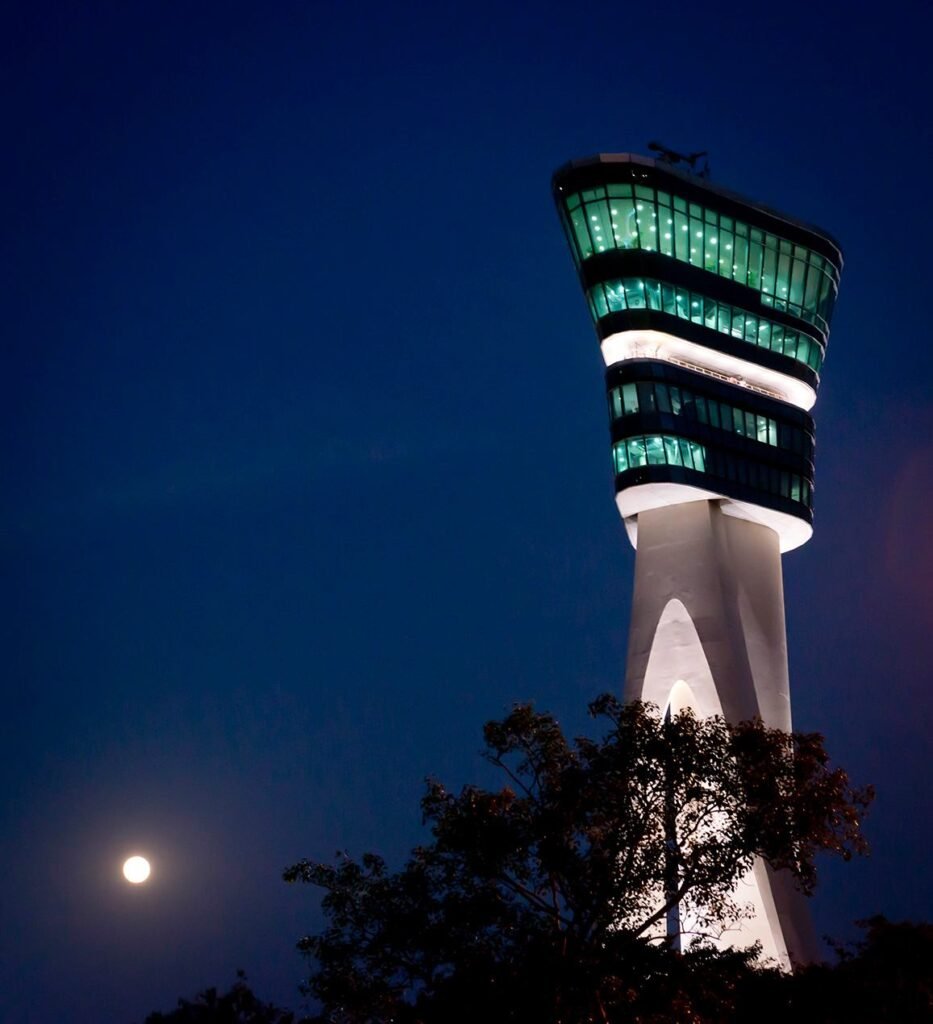- SHORT GLIMPSE
- In the recent close call at Mumbai Airport, AAI has noted violation of SOPs.
- It has reissued its circular, asking ATCOs to follow SOPs for ensuring safe distance.
- The concerned ATC official has been removed from duty pending investigation result.
Recently, a video from Mumbai Airport went viral, in which it can be seen that an IndiGo aircraft landed just seconds after an Air India Airbus A320 lifted off from the runway. Both aircraft had just 509 meters of separation. This video sparked a debate on the internet, about whether this procedure is dangerous or normal.
Now, the Airports Authority of India (AAI) has issued a circular in which it has stated that the preliminary investigation of the incident has suggested a violation of rules.
Mumbai Airport Close Call: Violations Found
The Airports Authority of India (AAI) has reissued a directive urging the air traffic control officials at Mumbai Airport to follow the standard operating procedures (SOPs) to ensure proper spacing between departing and arriving traffic.
This is absolutely crazy. The results could have been catastrophic. How can a plane be allowed to land while an earlier plane is yet to take off. The runway was not clear.
— Sanket Upadhyay (@sanket) June 9, 2024
One needs to wait and see the outcome of an investigation. #MumbaiAirport pic.twitter.com/2MyJzROnFV
In the preliminary investigation, authorities have found violations in the recent close-call incident. The ATC official involved in the incident violated the SOP stated for time-based spacing between arrivals at Mumbai Airport.
ATC officials use majorly two methods to ensure separation between aircraft. At non-busy airports, they use distance-based separation, while at busy airports, time-based separation is utilized. At Mumbai Airport, controllers often use the time-based separation method.
In this method, aircraft are separated based on time intervals rather than any established physical distance. ATCOs calculate the time required for one aircraft to safely follow another, considering factors such as speed and performance characteristics of the aircraft. This method allows the ATCOs to accommodate more traffic at busy airports. Mumbai is the busiest single-runway-equipped airport in Asia.
Provisions in New Circular
In 2023, the Airports Authority of India (AAI) issued an SOP, which listed all the norms and procedures for time-based separation.
The duration it takes for an aircraft to descend and pass the runway threshold is a variable figure and can be influenced by various factors like wind directions and aircraft speed. While ensuring separation through this method, the ATC involved needs to make decisions in a split second and issue instructions to aircraft, if either departing or arriving traffic makes a mess.

In its circular, the AAI said that in case the mentioned SOP for time-based separation is breached, controllers are instructed to halt departures and instruct arriving aircraft to execute a go-around. It added that utmost precaution should be exercised in doing so.
So, according to the listed SOPs, in the recent incident, the Air India A320 took longer to depart. In this scenario, the ATC should have canceled the departure and instructed the arriving IndiGo aircraft to execute a go-around and come back again for landing.
In this incident, the Directorate General of Civil Aviation (DGCA) removed the ATC official from duty pending the outcome of the investigation.
Conclusion
In the recent close call incident at Mumbai Airport, AAI noted that the preliminary investigation has suggested a violation of the norms set for time-based separation. The airport operating authority has reissued a circular asking the ATCOs at Mumbai Airport to follow the established standard operating procedures (SOPs) issued in 2023.
What do you think about this incident? Discuss in the comment section.
With Inputs From Times of India
Featured Image Credits: Mumbai Airport via Facebook
Read the Latest Aviation News on Times of Aviation
Read More: European Passengers Are Preferring Indian Airports Over Gulf Hubs for Sri Lanka Transit
Website Disclaimer: Times of Aviation does not claim copyright ownership of any information or images used on this website. Usage of content falls under fair use.


